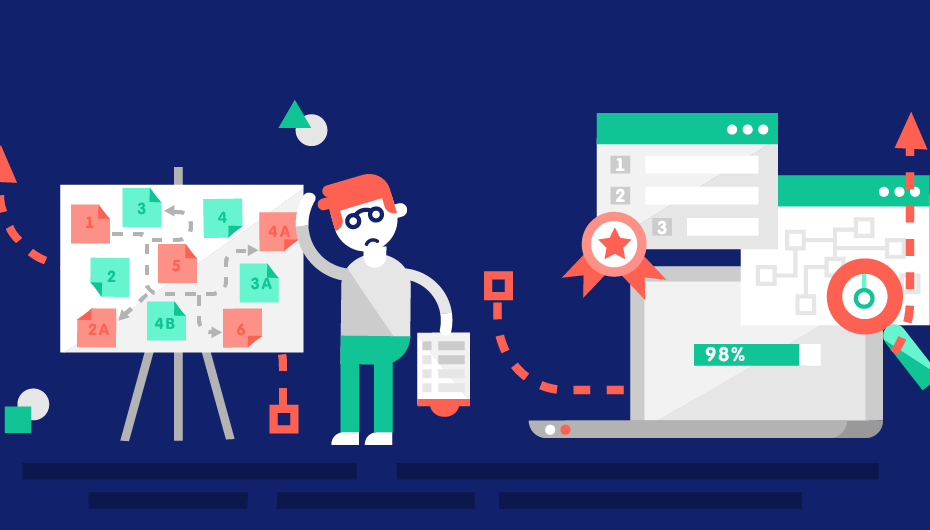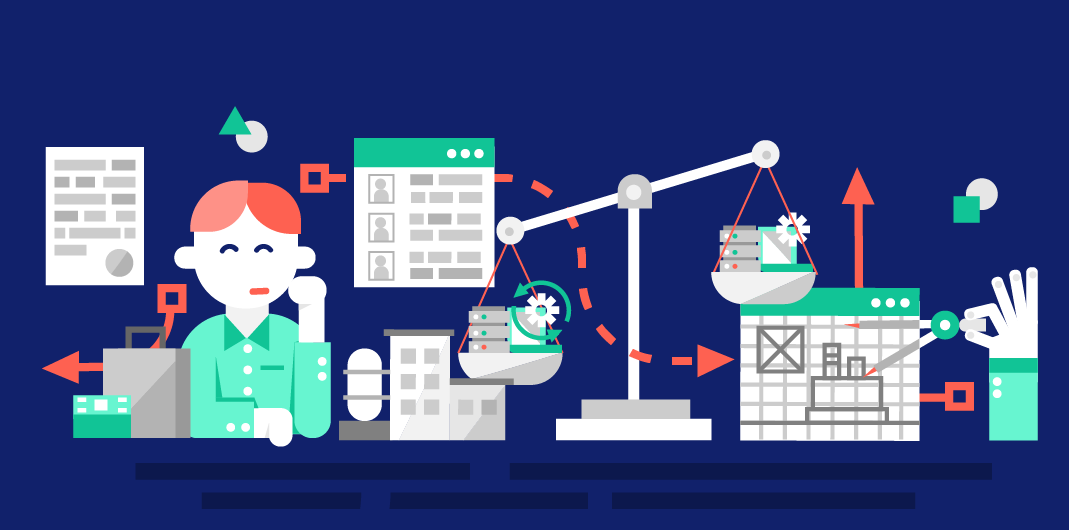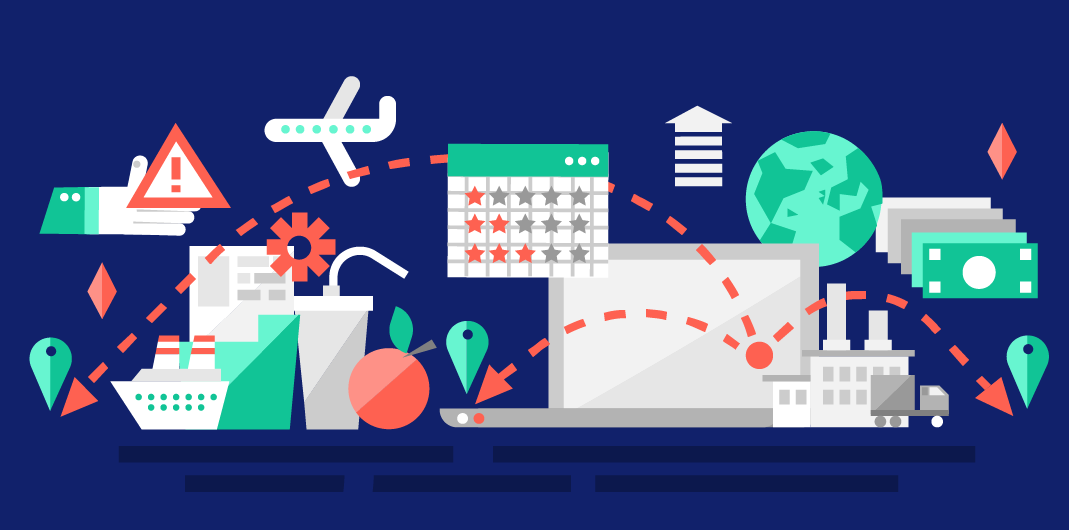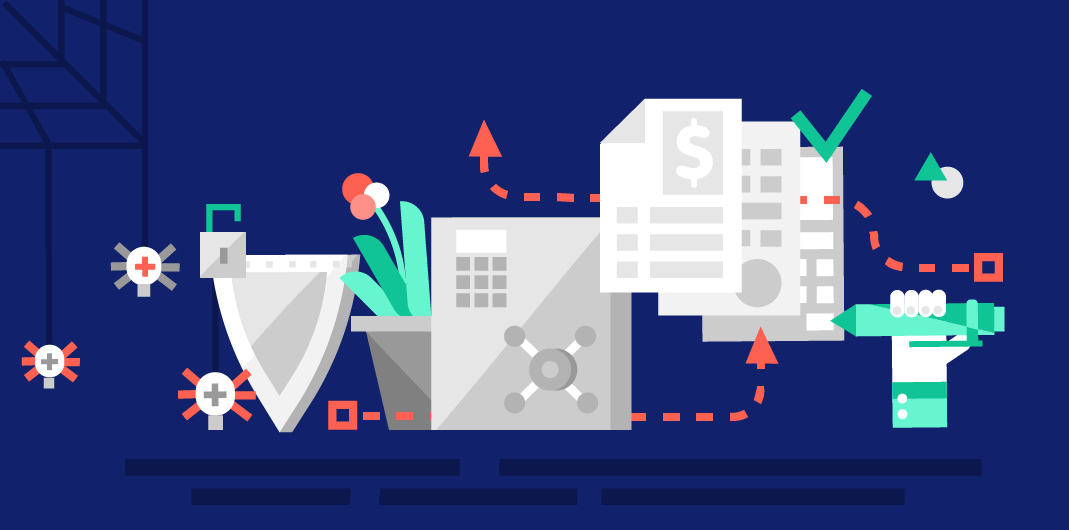Resource planning has evolved. The latest technologies allow hardware startups to develop processes that will scale with them as they grow. Learn how to successfully incorporate resource planning technologies.
Secrets of Scaling Successfully
By the time your hardware startup begins piloting a polished version of your beta prototype, you may be thinking to yourself, “We did it.” The reality, however, is quite the contrary. You might have managed to successfully develop a viable product, but that does not mean that you’ve made it to the finish line. With product design behind you, it’s time to think about production at scale. Indeed, most startups are under immense pressure from their investors to quickly scale up production and lower costs once product designs have been finalized. That means they have to learn how to sustain a supply chain that can deliver products to customers on time and in full – something that’s much easier said than done.
The answer to their prayers (and yours, too) comes in the form of planning system tools. Simply put, planning systems manage production processes when a company is scaling up operations. In today’s marketplace, you don’t have a chance of scaling and surviving without them. This is especially true for hardware-based companies, who already have to compete on lower margins compared to other industries. That’s why we’re here to provide you with an overview of the resource planning systems out there, how they can help you, and why you should care.
Two Resource Planning Systems
At a high level, there are two primary types of resource planning systems. The first is referred to as Enterprise Resource Planning (ERP), a process by which a company (oftentimes a manufacturer) manages and integrates the important parts of it’s business. On a related note, an ERP management information system integrates areas like planning, purchasing, inventory, sales, marketing, finance, and human resources. The second type of resource planning system is called Materials Requirements Planning (MRP) – essentially, this is a production planning and inventory control system. An MRP integrates data from production schedules with that from inventory and the bill of materials (BOM). It uses this information to calculate purchasing and shipping schedules for the parts required to build a product. Companies use MRPs to inform their ordering and stocking decisions so they can meet customer demand. Although these two systems are similar, an MRP is generally more specialized for manufacturing and shop-floor operations, while an ERP covers more general business processes.
Both types of resource planning systems (ERP and MRP) streamline and integrate core back-end business processes. These include everything from production planning and quality control, to supply chain management and shipping. How are inventory levels looking in relation to forecasted demand?
What is next month’s manufacturing schedule? Do we have the inputs that we need from our suppliers to keep production running smoothly? Resource planning systems help you answer questions like these (along with countless others). By integrating all of your business processes into a centralized platform, changes in one area are automatically and immediately reflected everywhere else. Systems like these help your entire company stay in sync by accounting for the numerous interdependencies that exist throughout your business. For example, when sales orders are fulfilled, your resource planning system would automatically reduce the item count in your inventory.
The Evolution of Resource Planning
Naturally, companies didn’t always have fancy resource planning systems to help them scale up production. ERP and MRP systems are the culmination of iterative advancements in technology. Before computers, maintaining accurate records of on-hand inventory and usage was difficult due to the time and overhead required. Factories knew that they needed a better way to maintain the supply of materials used to make finished products. In 1964, Joseph Orlicky developed the first system to manage large volumes of materials for manufacturing and distribution. This early system eventually became known as Material Requirements Planning (MRP-1). Now, companies could more easily answer questions around what manufacturing items were required, how many they needed, and when.
Today, these tools continue to evolve to help companies know how to use their resources and materials more effectively. Resource planning systems help businesses manage their inventory and production equipment. They support processes for supplier coordination, and enable the accurate and timely fulfillment of customer orders. They help transform raw materials into finished products that can be sold. In addition to such direct benefits, these systems also help companies determine how technology can be applied to improve their manufacturing processes. As a hardware-based startup, you know that manufacturing involves much more than turning raw materials and resources into a finished product. It’s about the total value added to production of merchandise for use or for sale. Technology and innovation play a key role in the holistic manufacturing process. As technology advances, companies must continually evaluate if, how, and when to incorporate new technologies into their processes. ERP or MRP systems highlight such opportunities for technology enablement to inform decision-making.
Do Your Due Diligence
Despite all the benefits that resource planning systems provide, avoid rushing out to buy the first tool that you come across. Instead, take time to understand the specific needs of your business so you can select the right ERP or MRP system for your company. Resource planning systems typically involve a sizeable financial investment along with dedicated resources to manage their implementation. Ensure that the right cross-functional stakeholders are looped into discussions as needed. These kinds of integrated systems involve everyone – so make sure that everyone is on board ahead of time.
Want to learn more about ERPs or MRPs? Sign up to receive additional information on resource planning systems and how to select the right one for your company.



